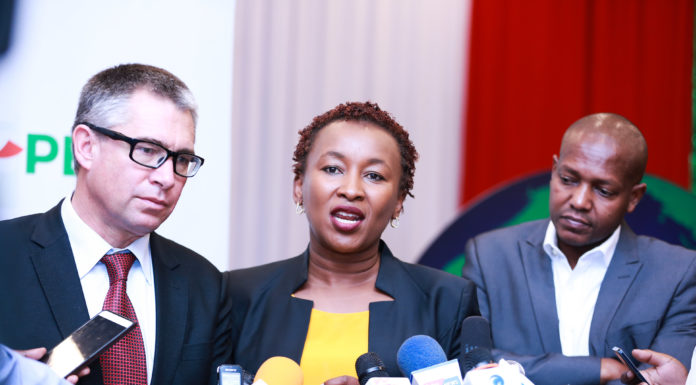South Sudan, the world’s youngest nation, has been affected by frequent conflict since it gained independence in 2011
Nearly half of South Sudan’s population is facing extreme hunger, the country’s highest proportion of food insecure people in the last 10 years, Save the Children is warning.
More than six million people currently need urgent food assistance, including more than one million children. Near-famine conditions are predicted in four of South Sudan’s states, a rapid and worrying increase from 2017, in which famine was only declared in one state.
Areas of continuing conflict—including Jonglei, Upper Nile, Western Bahr El Ghazal, and Unity—show the highest levels of food insecurity.
South Sudan, the world’s youngest nation, has been affected by frequent conflict since it gained independence in 2011. Children continue to bear the brunt of this conflict with serious humanitarian consequences.
As the lean season (when food stocks are low) begins earlier than usual this year, 270,000 children in South Sudan are severely malnourished (SAM) and at risk of starvation. Some 20,000 could be expected to die from extreme hunger before the end of 2018. [1]
Limited access by humanitarian organisations, coupled with reduced aid funding, makes it difficult to provide assistance to malnourished children. The South Sudan Humanitarian Response Plan (HRP) is currently only halfway funded. This is compounded by violence against aid workers—nearly a third of all attacks in 2017 occurred in South Sudan, making it by far the most dangerous place in the world for humanitarians. [2]
“Malnourished children have substantially reduced immune systems and are at least three times more likely to contract and die from diseases like cholera and pneumonia than healthy children,” says Deidre Keogh, Save the Children’s Country Director in South Sudan.
“Without urgent funding to increase and maintain humanitarian services, many children are in danger of dying.”
The revitalised peace agreement signed in September provides hope for millions of children to be protected and thrive if implemented effectively. To ensure South Sudan’s children are protected from a further decline into starvation, Save the Children calls on access to children in need to be guaranteed, humanitarian assistance to be enhanced and sustained, and for a lasting end to the conflict. [3]
[1] 270,000 children in South Sudan are severely malnourished (SAM) and at risk of starvation. Some 20,000 could be expected to die from extreme hunger before the end of 2018. Please see https://www.savethechildren.
[2] In 2017 nearly a third of all attacks on humanitarian workers occurred in South Sudan, making it by far the most dangerous place in the world for humanitarians. For more information please see https://www.savethechildren.
[3] Save the Children has been working in South Sudan since 1989 and our teams are reaching children and their families in some of the areas that have been worst affected by food insecurity and violence. We currently have operations in seven of the former-states, with Country Office operations in Juba. Save the Children’s food insecurity response is integrated with the health, nutrition, education, and livelihood as well as the protection sector. To date, we have reached over half of the targeted 600,000 children across South Sudan.


















